Advertisers beware: Demystifying brands’ ‘Original’ claims and what the law states
Why do food product marketers use the word ‘original’ to market their products? Why does the government feel the need to regulate the use of this word? Part 16 of the series of articles on Misleading Ads by Advocate Aazmeen Kasad, serves to demystify the use of this claim and provide an in-depth understanding of what the law on such claims are.
Also read: Advertisers beware: Be pure and simple with your claims on food
Are the words ‘original’ and ‘first’ synonymous? One might tend to concur that the first product created in any category may be considered as an original. But that is not quite the case when it comes to food. The words ‘original’ and ‘first’ have different connotations in the minds of a foodie. With specific reference to food, even if one has tasted a dish for the first time, it may not be of the original flavour which it is best known and sort after for. The original flavour or recipe makes a food product memorable and one that is craved for. There is a huge market and demand for original flavours and tastes, especially among Indians.
While undoubtedly, there is a growing demand for new flavours and recipes, given that people love to experiment with food; equally true remains the fact that the market for original flavours and tastes exists and is much sort after.
The Indian masala chai (flavoured tea) is unique in taste with a blend of natural spices that appeals to a large segment of people. The style of making it and the taste varies from one region of India to another. The traditional style of preparing masala tea calls for cinnamon sticks, green cardamom pods, ground ginger, ground cloves, and peppercorns together and it can be made in two different ways: (i) brewing the tea in water and adding milk later (similar to pot tea); or (ii) brew the tea and masala directly in milk and water. The concept of masala chai was originated in India but recently, it has gained popularity globally, given the large Indian diaspora. Marketers of Indian Masala Tea often use the word ‘original’ in their packaging.
Another large set of users of the word ‘original’ are marketers of Indian spices and masalas. As the Indian curries have become increasingly popular across countries, the demand for Indian masalas and spices has witnessed a sharp growth. Even for Indians who have relocated abroad or for the younger generation of Indians, the taste of the delicious Indian food tasted back home, made by the grand-mother(s) or mother remains etched in the memory and is craved for. With the recipes shared down the ages, and the taste of the masalas remaining ‘original’, one can relish the meals with the same taste in any quarter of India and the world.
The popularity of certain biscuits is undisputed. Parle G is well regarded as India’s largest selling biscuit. On the heels of its popularity, there have been a number of large manufacturers who have developed a similar biscuit. Parle G brands itself as the original Glucose biscuit.
Similarly, the Britannia ‘Bourbon’ biscuit (a hugely popular biscuit with chocolate cream spread between two layers of chocolate biscuit and sugar granules sprinkled on top) markets its product as the ‘original Bourbon’, even as ITC sells Bourbon under its ‘Dark Fantasy’ brands of biscuits and Parle markets it under its ‘Hide & Seek’ brand of biscuits.
Even as Protinex diversified its product to include different flavours to appeal to the taste buds of its customers, it retained the ‘Original’ flavour product which continues to have a huge demand.
Marketers are well-aware of the demand for ‘original’ flavours amongst the consumers. And therefore, even newly launched brands often use the word ‘original’ to reflect the original taste that finds favour amongst the target consumers, when they market their food products.
Section 24 of the Food Safety and Standards Act, 2006 (the ‘Act’) provides restrictions on advertisements related to food and prohibits unfair trade practices in promoting the sale, supply, use and consumption of articles of food. The Act expressly prohibits an advertisement of any food which is misleading or deceiving or contravenes the provisions of the Act, rules and regulations notified under it.
The Act bars any false or misleading representation/ claims being made with respect to the standard, quality, quantity, grade composition, need for/ usefulness or any efficacy guarantee being made to the public unless it is based on adequate or scientific justification.
Per Section 53 of the Act, any person who publishes, or is a party to the publication of an advertisement, which (a) falsely describes any food; or (b) is likely to mislead as to the nature or substance or quality of any food or gives false guarantee, is liable to be fined up to Rs 10 lakh.
More recently, the FSSAI has brought into force the Food Safety and Standards (Advertising and Claims) Regulations, 2018 (the ‘Regulations’), which govern advertising and claims made by Food Business Operators, to prevent consumers from being misled. Food Business Operators are mandated to comply with all the provisions of these Regulations from July 1, 2019.
A “claim” is any representation which is printed, oral, audio or visual and states, suggests, or implies that a specific kind of food/ food product has particular qualities relating to its origin, nutritional properties,nature, processing, composition or otherwise.
Interestingly, as per Schedule V of the FSSAI Regulations, the claim “original” shall only be used to describe a food that is made to a formulation, the origin of which can be traced, and that has remained essentially unchanged over time. It should not contain replacements for major ingredients. It may similarly be used to describe a process, provided it is the process first used in the making of the food, and which has remained essentially unchanged over time, although it may be mass-produced.
Further, to be termed “original”, a product shall not have changed to any material degree andshall remain available as the ’standard’ product when new variants are introduced. A product re-introduced onto the market after a period of absence shall only be described as“original” if it can be shown to meet these criteria.
The FSSAI regulation marks a difference between foods that may be sold with ‘original’ as a claim and those which profess to use the claim ‘traditional’. Per the regulation, the term “traditional” shall be used to describe a recipe, fundamental formulation or processing method for a product that has existed for a generation (30 years), should have been available substantially unchanged, for that same period.
Certain food manufacturers don’t use the word ‘original’ as a claim. They include it as part of the brand or trademark of the food product. The FSSAI has taken cognizance of the attempt to circumvent the law by such Food Business Operators.
Regulation 4 (7) provides that where the meaning of a trademark, brand name or fancy name containing adjectives such as “original”, etc., appearing in the labelling, presentation or advertising of a food is such that it is likely to mislead consumer as to the nature of the food, in such cases a disclaimer in not less than 3 mm size shall be given at appropriate place on the label stating that “*THIS IS ONLY A BRAND NAME OR TRADE MARK AND DOES NOT REPRESENT ITS TRUE NATURE”.
The disclaimer related to a claim shall be conspicuous and legible.
If an advertisement contravenes the provisions of the Act, but the label of the product accurately states the relevant information regarding the product, will the advertiser still be liable for the fine? The provisions of the section 53 of the Food Safety and Standards Act, 2006 states that the fact that a label or advertisement relating to any article of food in respect of which the contravention is alleged to have been committed contained an accurate statement of the composition of the food, shall not preclude the court from finding that the contravention was committed.
A number of processed food advertisers resort to Comparative Advertising. Advertisers should be cautious when resorting to comparative advertising to avoid being sued for unfair and dishonest/ misleading advertising. How does one ensure honest comparisons? There are several checks and measures that advertisers should ensure adherence to. The foremost is by comparing apples to apples. Invariably, advertisers risk their campaign by comparing apples to oranges. Most brands which indulge in such kind of advertising believe that they are safe by writing a disclaimer in a small font at the end of the advertisement. However, the courts have held a contrary view as most consumers believe what they see and hear in the advertisements. The small type disclaimers are illegible and seldom read by the consumers. Besides, a disclaimer cannot be used to correct a misleading claim in an advertisement nor contradict the main claim in the advertisement.
A number of Food brands engage celebrities to endorse their products. While there is no prohibition under any applicable law on using celebrity endorsements for food product brands, the celebrities/ endorsers should bear in mind the liability that can arise both under the Section 53 of the Food Safety and Standards Act, 2006 as also under the newly enforced Consumer Protection Act, 2019.
The Consumer Protection Act, 2019 introduces new provisions on ‘Misleading Advertisements’ and ‘Celebrity Endorsements’. The provision not only holds the advertiser liable, but the publisher of the false and misleading advertisement and the endorsers will also be equally liable for the same.
Having said that, the Act does provide certain defences for such parties. A party held liable can claim that the publication of the advertisement was done in the ordinary course of business without any knowledge of the fact that publishing the said advertisement would constitute an offence. Another form of defence available is that the person undertook all reasonable precautions and exercised all due diligence to prevent the commission of the offence; and that the offence was committed on account of an act or default of another person or reliance on information supplied by another person, etc.
Additionally, a new mechanism has been put in place by which complaints filed against a misleading advertisement shall be investigated and pecuniary penalties up to Rs 50 lakh shall be imposed on the advertiser if the advertisement is found to be false or misleading and up to Rs 10 lakh on the persons publishing the said misleading advertisements.
Per Section 2(1) of the Consumer Protection Act, an ‘advertisement’ means any audio or visual publicity, representation, endorsement or pronouncement made by means of light, sound, smoke, gas, print, electronic media, internet or website and includes any notice, circular, label, wrapper, invoice or such other documents. Therefore, this includes advertisements not only on the traditional media such as print, radio or television advertisements, but also includes packaging, point of sale material, etc. Advertisements on the Internet, including social media such as ads posted on Facebook, Instagram, Twitter, LinkedIn, etc. also fall within the purview of the Act, as do advertisements on websites, which includes the advertiser’s own website(s).
A ‘misleading advertisement’ in relation to any product or service, is an advertisement, which (i) falsely describes such product or service; or (ii) gives a false guarantee to, or is likely to mislead the consumers as to the nature, substance, quantity or quality of such product or service; or (iii) conveys an express or implied representation which, if made by the manufacturer or seller or service provider thereof, would constitute an unfair trade practice; or (iv) deliberately conceals important information. Thus, any advertisement which expressly or impliedly misleads consumers about the product or service will also be considered as misleading in nature.
The Central Consumer Protection Authority will regulate matters relating to violation of rights of consumers, unfair trade practices and false or misleading advertisements which are prejudicial to the interests of public and consumers to promote, protect and enforce the rights of consumers. This Authority shall be headquartered in the National Capital Region of Delhi and may have regional and other offices across India.
A complaint relating to any false or misleading advertisements may be forwarded either in writing or in electronic mode, to any one of the authorities, namely, the District Collector or the Commissioner of regional office or the Central Authority. After a preliminary enquiry is made, if the Central Authority is satisfied that a prima facie case exists, an investigation shall be conducted.
Where the Central Authority is satisfied after conducting the investigation that the advertisement for which a complaint is received is false or misleading and is prejudicial to the interest of any consumer or is in contravention of consumer rights, it may, by order, issue directions to the concerned trader or manufacturer or endorser or advertiser or publisher, as the case may be, to discontinue such advertisement or to modify the same in such manner and within such time as may be specified in that order. If the Central Authority is of the opinion that it is necessary to impose a penalty in respect of such false or misleading advertisement, by a manufacturer or an endorser, it may, by order, impose on manufacturer or celebrity endorser a penalty which may extend to Rs 10 lakh: Provided that the Central Authority may, for every subsequent contravention by a manufacturer or endorser, impose a penalty, which may extend to Rs 50 lakh. Additionally, where the Central Authority deems it necessary, it may, by order, prohibit the celebrity endorser of a false or misleading advertisement from making endorsement of any product or service for a period which may extend to one year: For every subsequent contravention, prohibit such endorser from making endorsement in respect of any product or service for a period which may extend to three years. Where the Central Authority is satisfied after conducting an investigation, that any person is found to publish, or is a party to the publication of a misleading advertisement, except in the ordinary course of his business, it may impose on such person a penalty which may extend to Rs 10 lakh. The defence that the false or misleading advertisement was published in the ordinary course of business shall not be available to such person if he had previous knowledge of the order passed by the Central Authority for withdrawal or modification of such advertisement.
In light of the newly introduced provisions under the Act, which came into force from July 20, 2020, it is advisable for both the advertisers and the endorsers to exercise caution in the claims that form part of the advertisement of the goods/ services. The ensuing Parts of the series will pertain to various aspects of what constitutes Misleading Advertising and key judicial precedents on the same.
Advocate Aazmeen Kasad is a practicing corporate advocate with over 20 years of experience, with a focus on the Media, Technology and Telecom industries. She is also a professor of law since 13 years. She is a member of the Consumer Complaints Council of the Advertising Standards Council of India. She is a speaker at several forums.




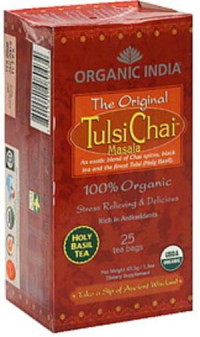
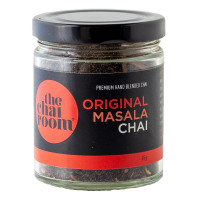
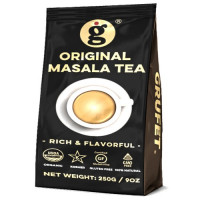

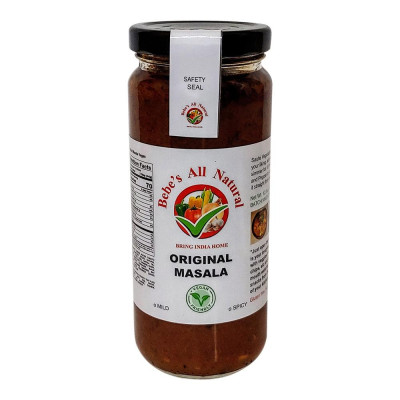
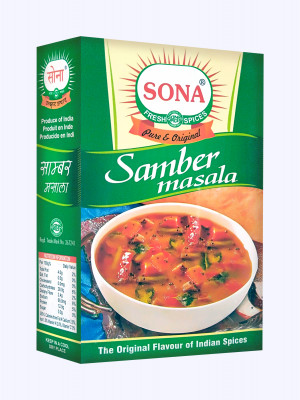
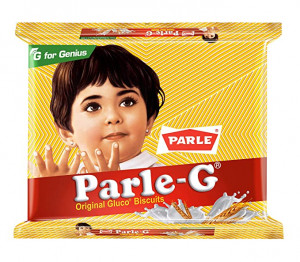
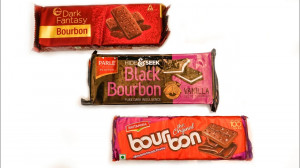

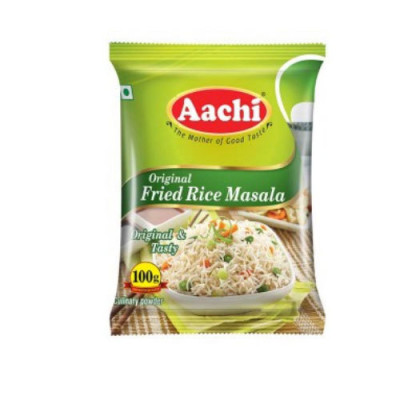
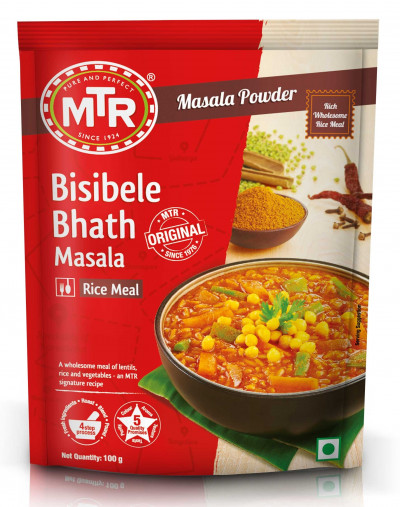

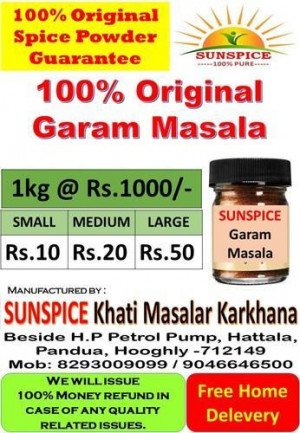
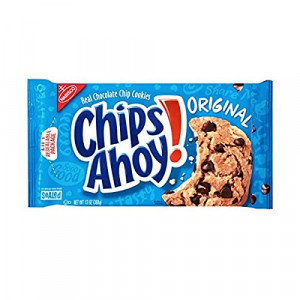


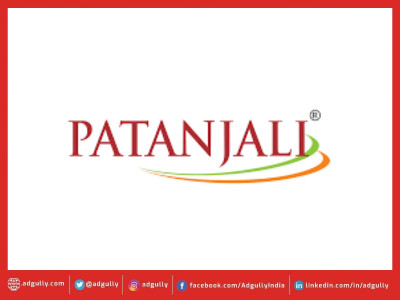

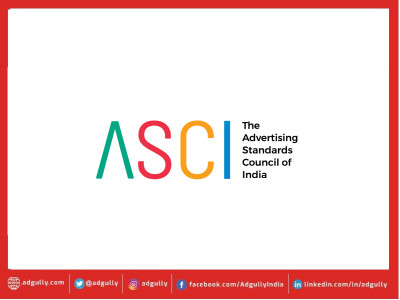









Share
Facebook
YouTube
Tweet
Twitter
LinkedIn